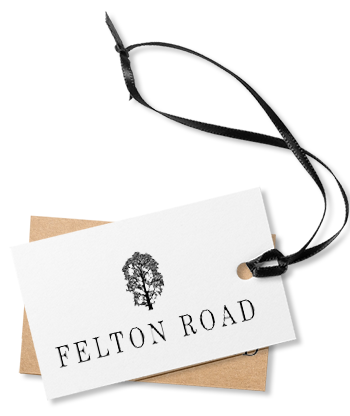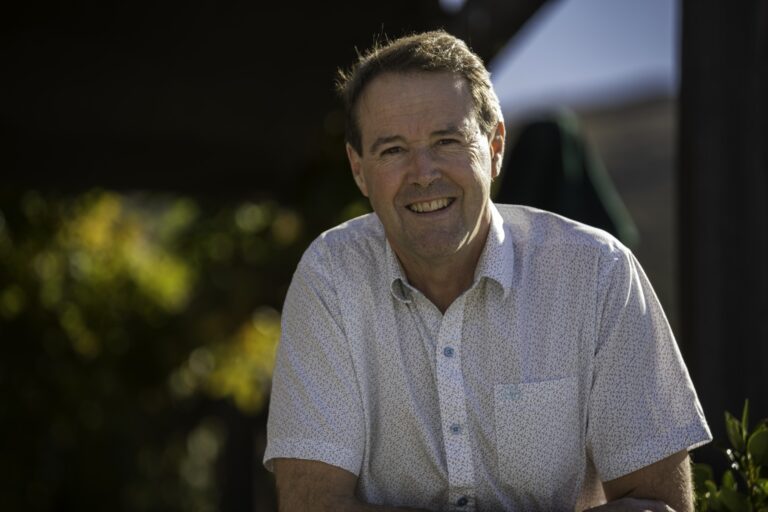A blog…
When we are showing our wine to people, by far the largest amount of time seems to be talking about place. What is this vineyard like? The soils, the aspect, the orientation. That is what people want to know, more than the winemaking, the viticulture, or, indeed, the price.
We get so used to this that it just seems normal and it is easy to forget that this is not a normal conversation. When I buy a car, I do not want to know about exactly where the factory is, or how much rainfall there might be there. I have no idea where the cotton was grown that is in my shirt, nor the wool in my sweater (though Icebreaker have cunningly tried to include such information in their labelling: see their Baaa codes to see where the sheep lived). In general, the detail of place isn’t a thing for purchases.
I was thinking about this recently as I have started to dial place into another aspect of my life. When I’m not at the winery, I am a Luthier: a maker of guitars. It isn’t a business, more a hobby that has got badly out of control. But I have started to only select wood for them from a source from which I can know the actual tree from which the wood was cut. This isn’t because some trees are particularly blessed (though, actually, some are) but because I only want to use wood that is not the product of logging. Some trees are felled by nature: through storm, or lightning, others become unstable through disease and have to be removed. If I can identify such sources, then I know the wood is a by-product of nature’s accidents and not a commercial logging venture.
But there is a second benefit. When you know the tree, it has a history that you may be able to unravel and that history may be fascinating in itself. I have London Plane taken from a disease felled tree that once stood in London’s Berkeley Square, perhaps it was home to the apocryphal Nightingale? Also Californian Sequoia from a tree more than two millennia old that was storm felled over a century ago, Cedar of Lebanon, felled by lightning, that was the property of the Queen. Regardless of the environmental credentials, such knowledge of place makes each piece feel special.
I understand now that while it is absolutely true that Pinot Noir changes with place, and details of soil and climate help to understand what is being tasted, simply to be able to look at a picture, to hear something of the history of that piece of land, puts some extra magic into the taste experience. Each of our vineyards have stories that cling to them from the past and we should give them equal billing with the soils. It matters that the first European settlers to be born in Central Otago were birthed under a rock ledge at Cornish Point (and one of them was the great grandmother of a recent Prime Minister). It doesn’t make the wine taste different, but it helps make tasting it special. And that is a key part of tasting great wines.
Nigel
(if curious, you can find my guitars at www.longbrookluthiery.com)











